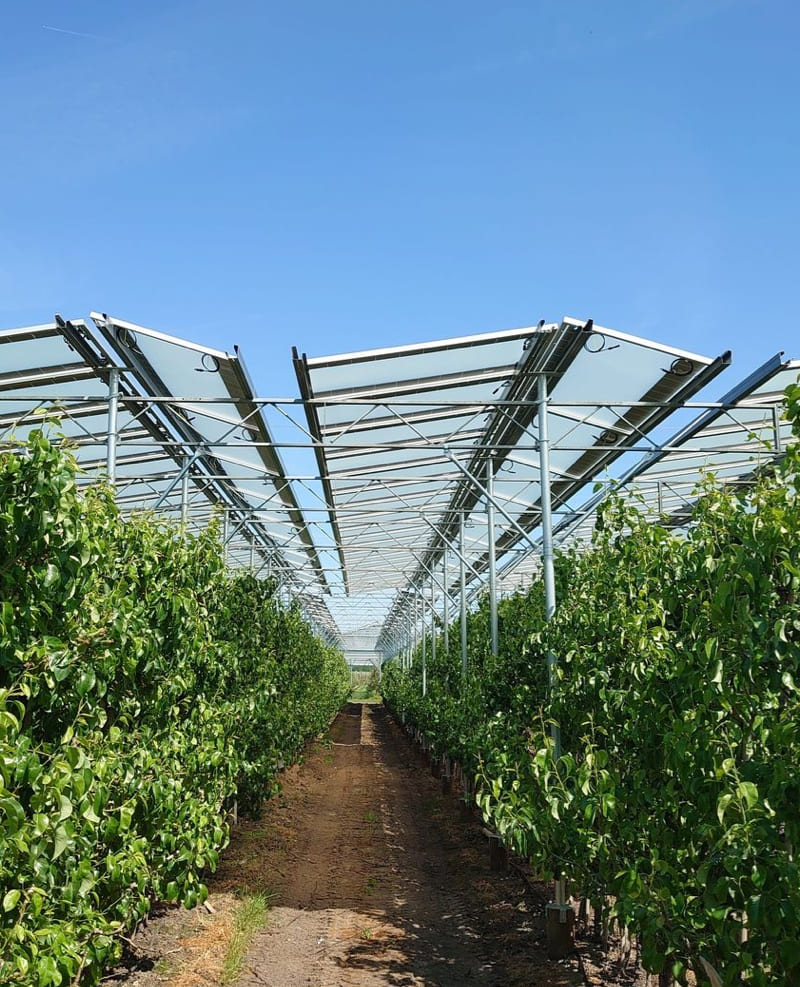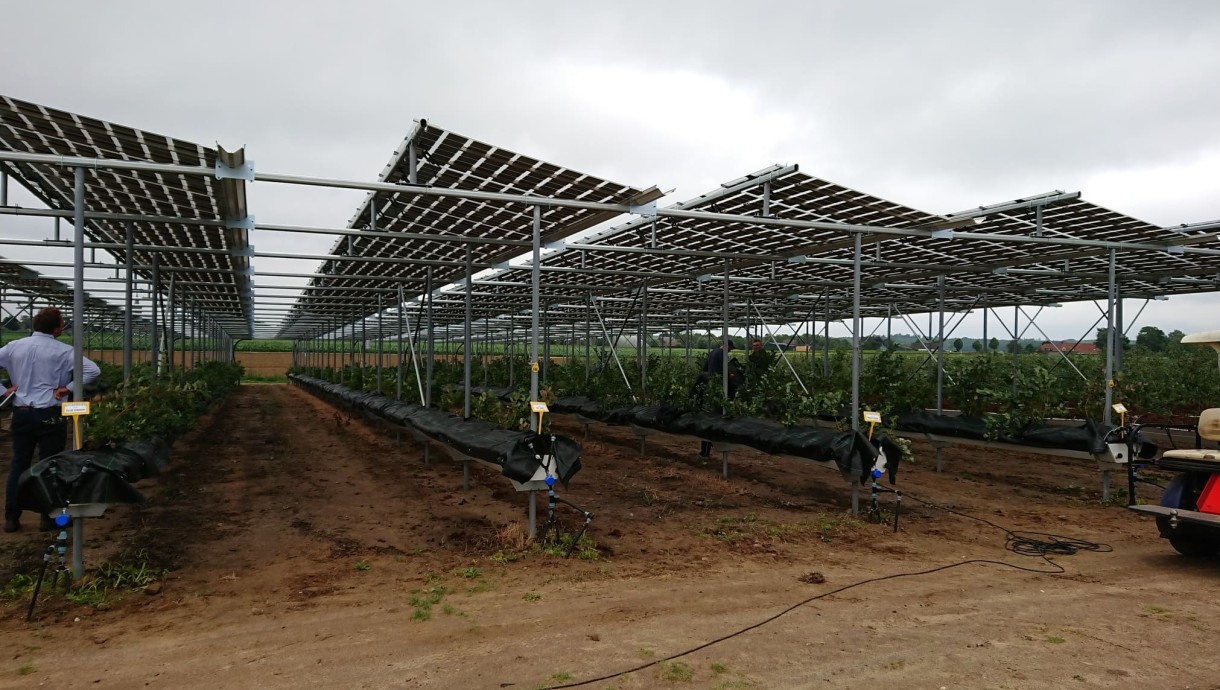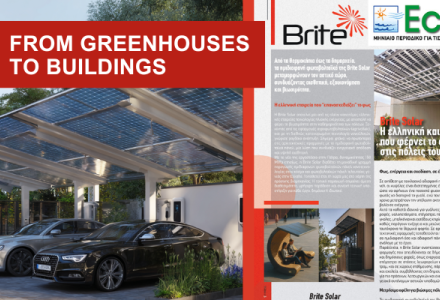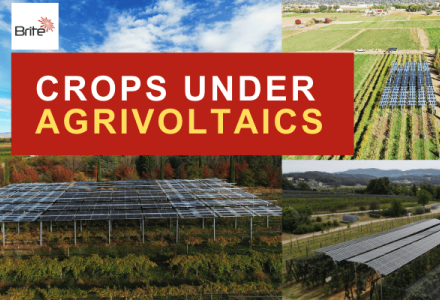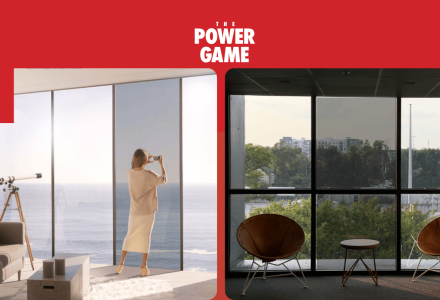How a Dutch blueberry pilot proves that agri-PV can protect crops, save water and generate clean energy
A New Challenge for European Farming
Across Europe, farmers are confronting record heat, hail, and water scarcity. Traditional methods of crop protection plastic tunnels or shade nets offer limited defense and no energy benefit.
That’s why more producers are using agrivoltaics (or agri-PV). This means combining solar panels with active farmland. This way, they can produce both food and electricity.
For Brite Solar, this dual-use approach is not just a tech experiment. It is a vision for climate-smart agriculture. This farming method stays productive, resilient, and profitable even in tough conditions.
What Agrivoltaics Means
Agrivoltaics combines two previously competing activities crop cultivation and energy generation on the same land.
Instead of using solid panels, semi-transparent modules allow sunlight to pass through. They protect plants from too much radiation and bad weather. At the same time, they collect electricity from the light that gets through.
Key benefits of agri-PV:
Dual income for farmers (food + energy)
Improved microclimate and reduced irrigation needs
Lower carbon footprint and compliance with EU Green Deal objectives
Protection from hail, heat waves and UV stress
Recent EU studies estimate that Europe could have up to 51 TW of agrivoltaic capacity. This could produce about 71,500 TWh each year, which is roughly a quarter of the world's electricity demand.
The Broekhuizen Blueberry Pilot: One of the first in the Netherlands
In 2020, Brite Solar partnered with blueberry grower Wouter Aerts in Broekhuizen, Limburg (Netherlands).
Aerts had been losing nearly 30% of his harvest each year due to heat and hail.
Rather than expand plastic tunnels, he decided to test whether semi-transparent nanotechnology solar glass could protect his berries while producing renewable energy.
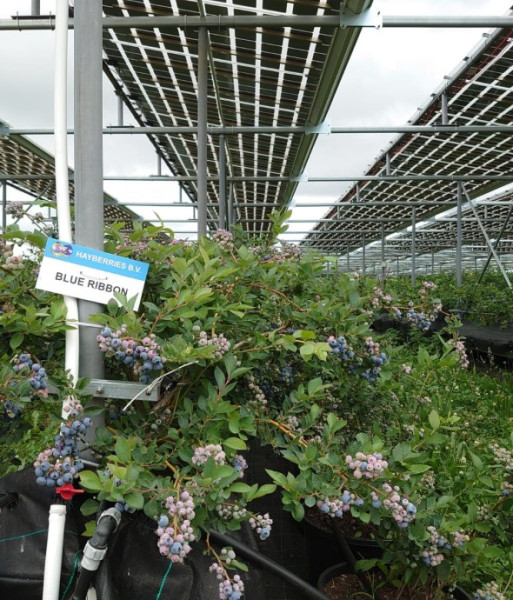
Project Overview Broekhuizen Blueberry Pilot (Netherlands)
| Location | Broekhuizen, Limburg, Netherlands |
| Year | 2020 |
| Crop | Blueberries |
| Area | Approximately 100 m² |
| Panels | 50 Brite Solar modules |
| Type | BSG-240 |
| Power | 12 kWp |
| Height | 2.5 meters above ground |
| Monitoring System | Yookr sensor network |
Due to weather changes I lose 30 percent of the yield every year. The solar panels should protect against this and provide sustainable energy...
Wouter Aerts, Hayberries B.V.
The project was not meant to guarantee a 30% yield increase. Instead, it aimed to evaluate if agrivoltaic design could reduce weather-related losses. It also sought to maintain normal production and gather scientific data on crop growth and energy output
Technology & Design for Agri-PV Systems
Each panel offers ≈ 40 % light transmission, combining protection and energy generation.
Mounted at 2.5 m height, the structure permits harvesting and mechanical access. Integrated gutters collect rainwater for irrigation a simple but powerful example of closed-loop resource use.
🌡 Microclimate Regulation under Agrivoltaics
Many agrivoltaic projects and research studies on various crops and climates show these trends in microclimate and crop protection:
The solar canopy reduced heat peaks by up to 10 °C, creating a stable and cooler microclimate.
Evapotranspiration decreased, allowing water savings and better soil moisture retention.
The cover protected plants and workers from heavy rain and UV stress.
Disease incidence fell significantly growers reported 30–40 % less fungicide use compared to open fields.
🍇 Yield and Quality
In agrivoltaic experiments, crops under the panels have, in some cases, shown:
• Equal or better fruit quality than those under plastic tunnels.
• Stable or increased yields in climate-sensitive berries.
A meta-analysis from Wageningen (2024) supports these findings. It shows that blueberries can benefit from up to 50% shading. This is especially true in high radiation conditions. This shading helps improve yield stability and berry quality. However, results vary substantially depending on local climate, panel design and crop management.
In short: the solar glass protected what nature threatened, without compromising production.
Europe policy for dual-use land and Agri-PV
While CAPEX is higher than standard PV installations, EU incentives and rising energy prices improve ROI. The EU CAP and national schemes increasingly recognize agrivoltaics as eligible for renewable and agricultural grants.
In July 2025, the European Commission adopted Recommendation C(2025) 4024. This recommendation urges Member States to update their permitting systems. It also asks them to align their national laws. Additionally, it encourages defining innovative deployment forms like agrivoltaics in their energy plans.
The Commission's 2025 Communication on Innovative Technologies and Forms of Renewable Energy Deployment says that agrisolar technologies are underused. It also asks for clearer rules, faster permitting processes, and financial plans designed for these systems.
These steps show that EU policy is moving from planning to implementation support for agri-PV systems. Support is beginning to shift from theory to real practice.
Biodiversity Benefits (Industry Insights)
In agrivoltaic and agrisolar studies, partial shading often leads to more soil microbial activity and less runoff. Open or semi-transparent structures can help keep habitat continuity for pollinators and birds.
🔬 Technology of Solar Panels for Open-Field
Brite Solar designs and manufactures semi-transparent nanotechnology glass panels that allow crops to thrive under filtered light. The nano-coating glass absorbs harmful UV radiation, converting it into red light that enhances photosynthesis. Solar Panels maintaining high durability for more than 25 years.
Brite Solar is a leader in sustainable agrivoltaic innovation. They have installations in Greece, Spain, the Netherlands, Germany, and other European markets. The company also operates the world’s first nanotechnology-based solar panel manufacturing facility, located in Patras, Greece. This groundbreaking step combines advanced materials science with large-scale production for the global agricultural photovoltaic (Agri-PV) sector.
Contact Brite's team to learn more about your open-yield or greenhouse.
Phone: +30 2310 321342
Email: info@britesolar.com




















